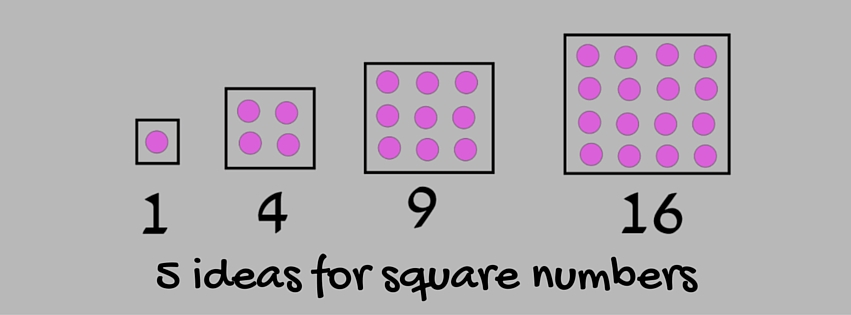As we’ve got two squares in today’s date, I thought I’d go for a square themed post. Also I’ve just realised that this year contains 25/04/16, and 25/09/16, both even better excuses for a lesson on square numbers.
These are all great investigations/rich problems with plenty of practice working with square numbers – a little more interesting than fifteen questions out of a textbook. If pupils have to learn facts, such as the squares to 15, I think it’s better to embed them into something a little mathematically rich than just drill.
- Lagrange’s Four-Square theorem – every positive integer can be expressed as the sum of no more than four square numbers. Year 7 collaborated to list the possibilities for numbers from 1 to 30 on a big piece of sugar paper when we did square numbers this year; a great short investigation! Resource here.
- Happy numbers – take a two-digit number, square and add the result. Keep going until you get to 1 or…something else very interesting happens! Introduced to me when I was volunteering in a school while I was at university, and I do this every single year when I teach square numbers. Resource here.
- Fermat’s Christmas theorem – I blogged about this for post number 4 for the 29 days challenge, having discovered it through this year’s Intermediate Maths Challenge. My Year 10 top set managed well with a bit of non-curricular modular arithmetic and a bit of basic proof. Resource here.
- Fermat’s Last theorem – links square numbers to Pythagoras and leads to a really interesting discussion about sizes of infinity. A good one for your high fliers in KS3. Blog here.
- Growing squares – a great short investigation looking at patterns leading to square numbers. Do it with KS4 for links to nth term of a quadratic sequence. Resource here.
(Image credit: By Yoni Toker – Own work, CC BY-SA 3.0, commons.wikimedia.org/w/index….)
